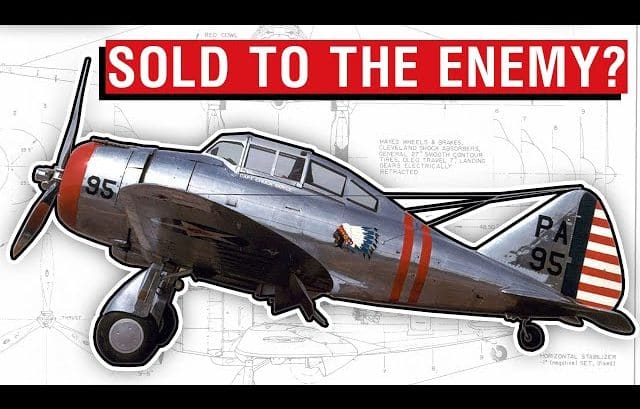The Seversky P-35 was an American fighter aircraft built during the late 1930s. It was the first single-seater fighter of the US Army Air Corps that featured an all-metal construction, retractable landing gear, as well as an enclosed cockpit.
Design Origins
The Seversky P-35 can trace its origins back to the Sev-3 which was the first aircraft developed by the recently formed Seversky Aircraft Company founded in 1931.
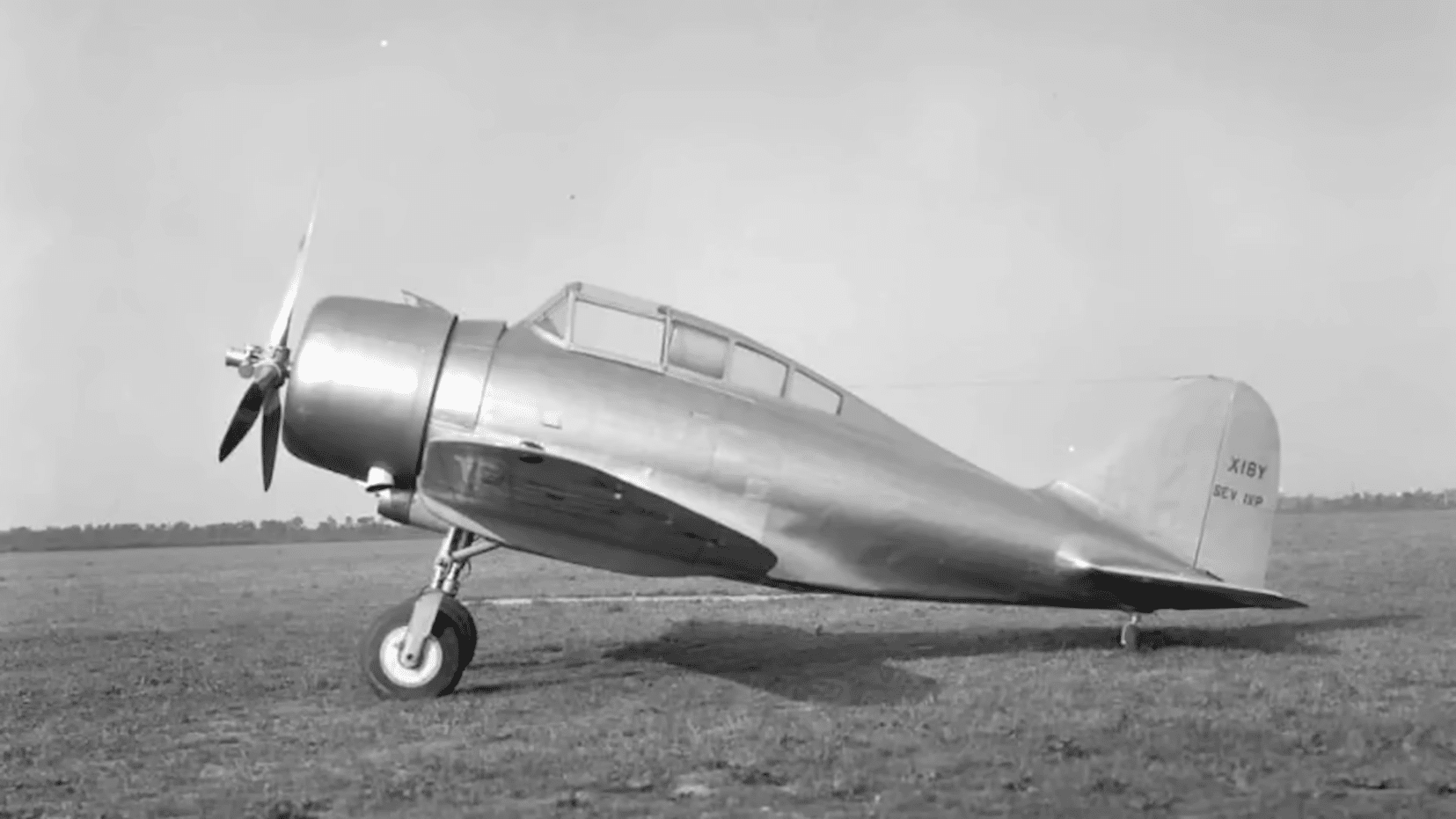
Because of the impressive performance of the Sev-3, Seversky built a second aircraft, the Sev-2 XP. It was basically a landplane version of the upgraded Sev-2 with fixed landing gear. The plane was later redesignated as the Sev-1 XP returning to Wright Field and taking part in the competition in 1935. On the final leg of the competition, the plane was able to achieve a top speed of 277 miles an hour.
Entering Production
Eventually, Seversky was awarded the contract to develop 77 fighters as the P-35. The production model is different from the prototype – with a more powerful engine, the 950 hp R-1890-9 version of the Twin Wasp.
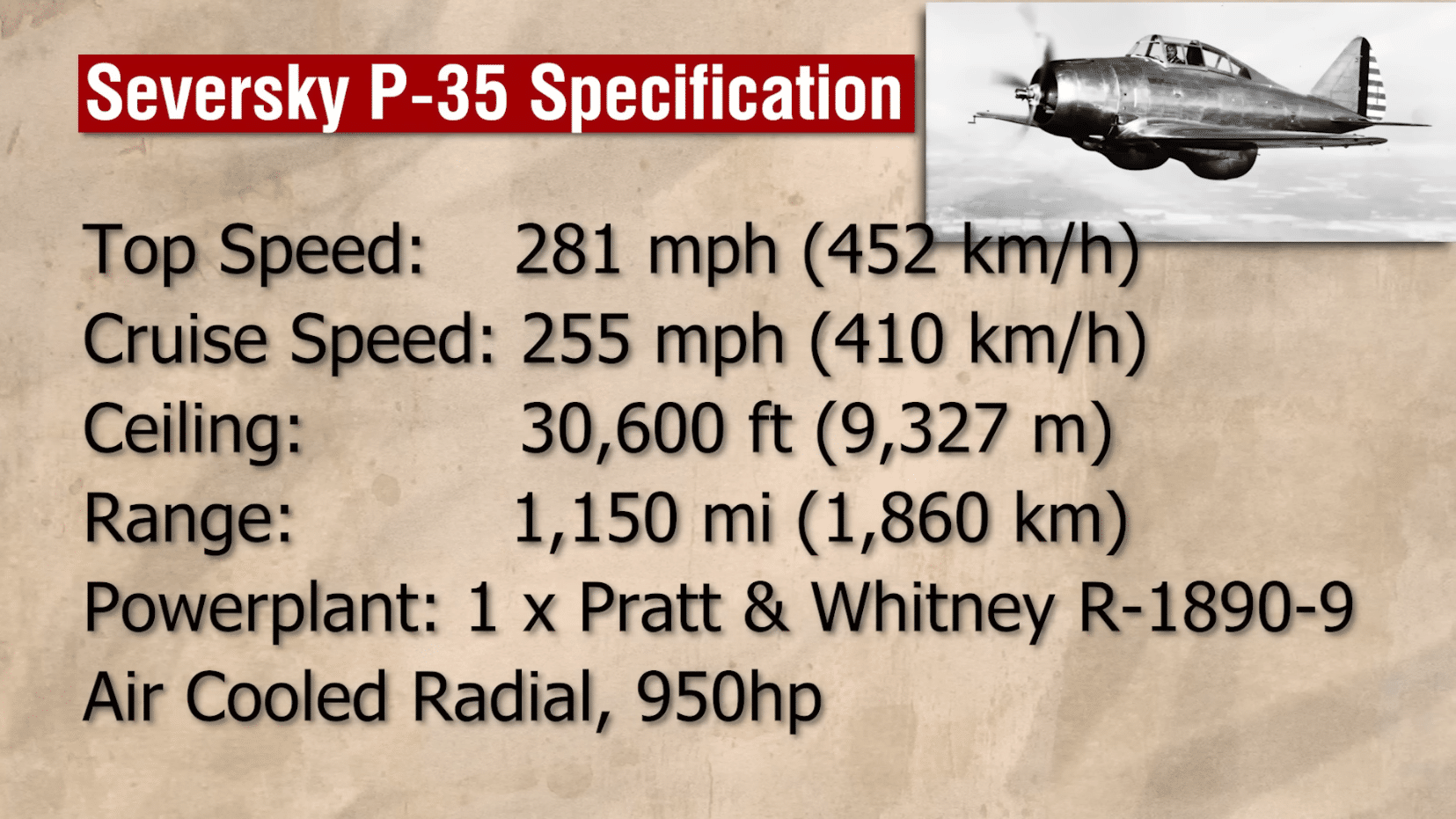
The carburetor intake was moved from the upper cowling to a position on the side of the fuselage where it met with the wing, the landing gear fairings were reduced in coverage to save weight, and the shotgun shell starting system was replaced with an all-electric starter, and the bulged canopy was replaced with a more streamlined design.
Controversy
Unfortunately, the aircraft didn’t get a good reputation with US pilots. It is often viewed as being underpowered and constant fuel leaks from the wet wing made it an issue.
Also, the fact that the delivery of all ordered aircraft took a year to complete, contributed to the Air Corps placing a bigger order for the Curtis P-36 Hawk.
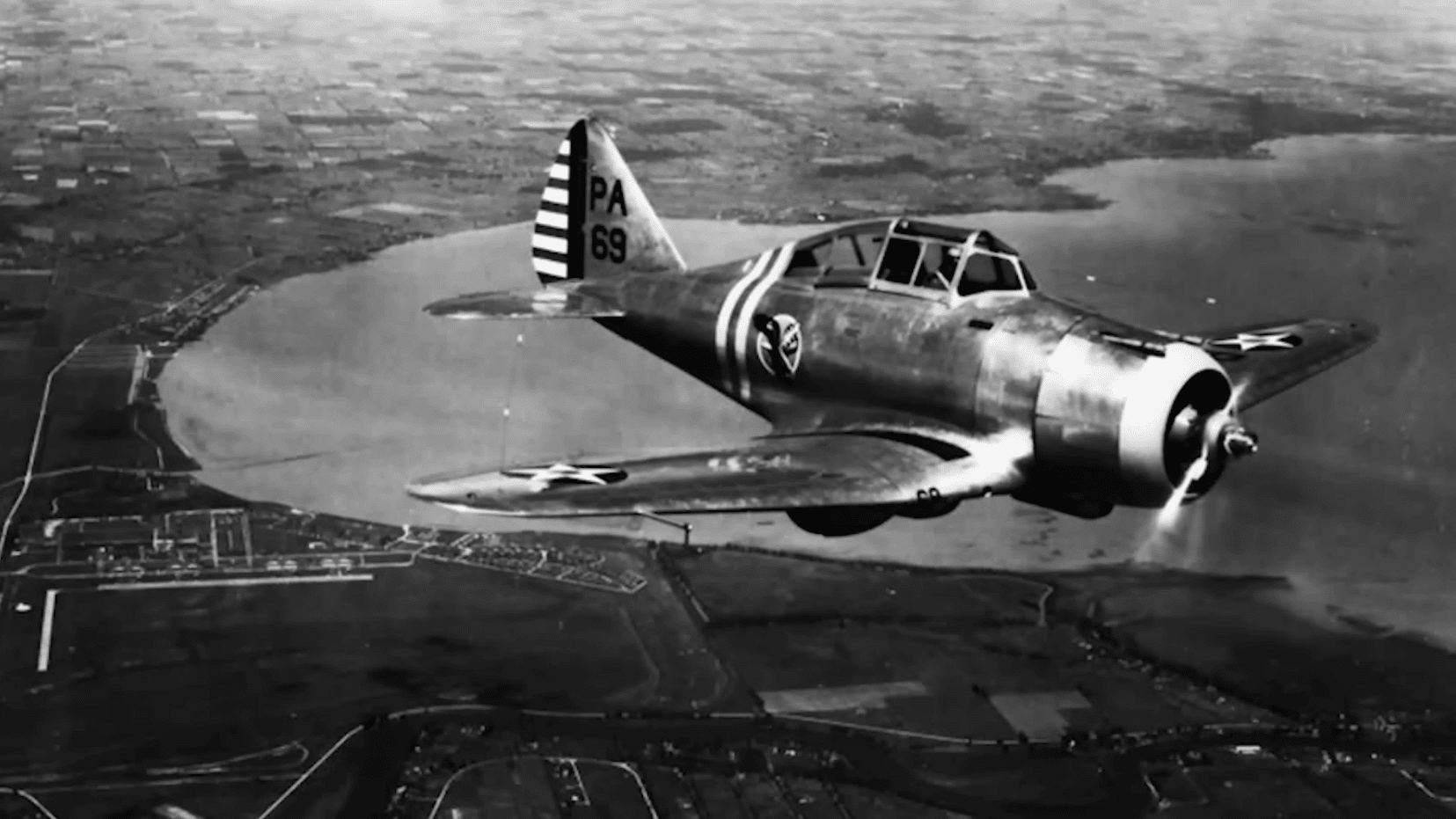
The poor political and business decisions of Alexander Severky also contributed to this. He made an under-the-counter sale of 20 of these aircraft to Imperial Japan in 1937, which annoyed a lot of people within the US military given the political climate at that time. As a result of this, no further orders of the P-35 were placed.
US Service History and WWII
With the prospect of the US being dragged to the war, the remaining P-35As that were in the production line were quickly placed into service from 1940 and early 1941. A handful of P-35s made up a bulk of the Philippine defenses that led up to the Pacific War.
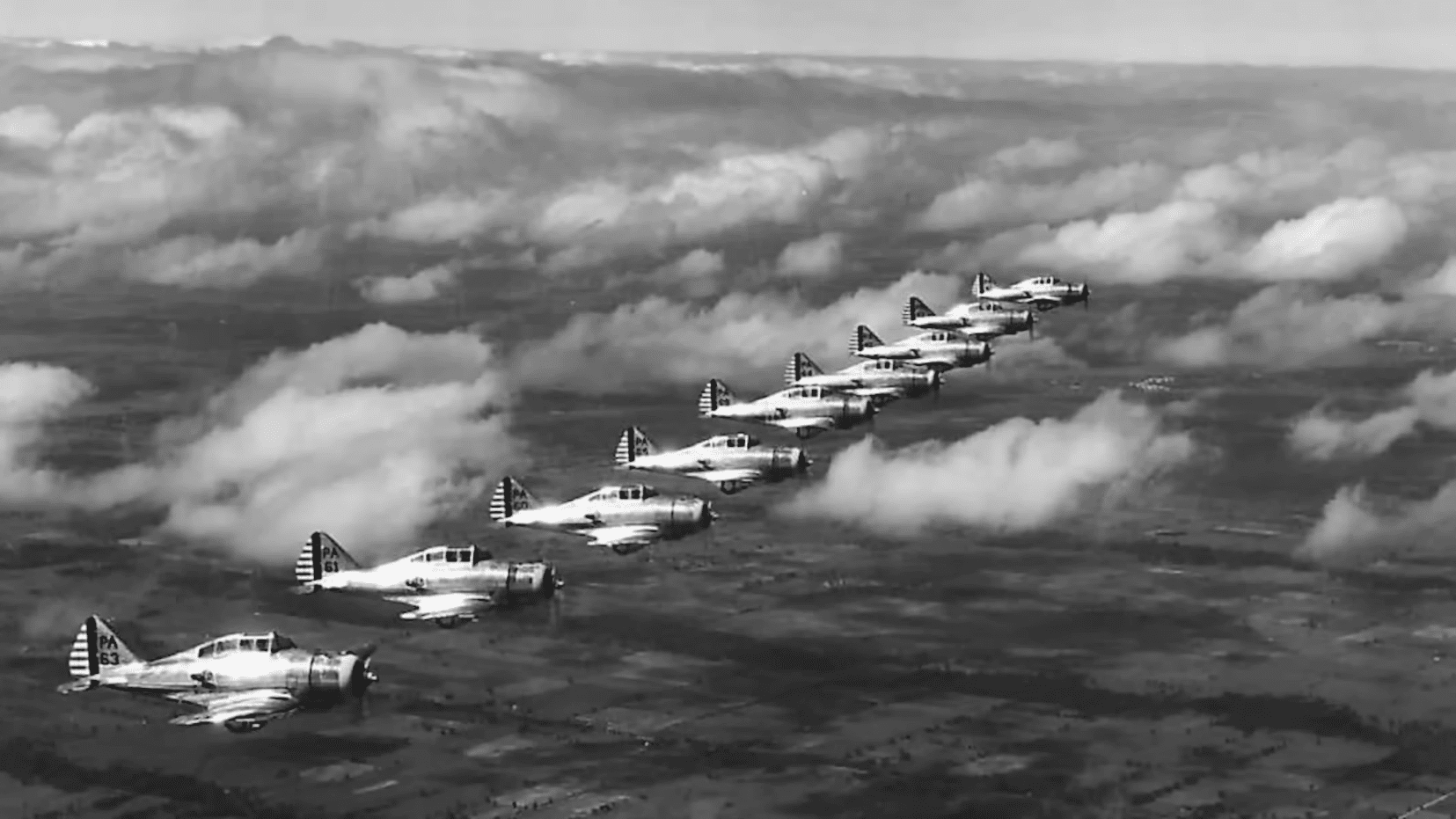
The last actual combat sortie flown by the P-35 involved the last remaining aircraft on May 3rd when Capt. Ramon Zosa of the Philippine Army Air Crops carried out a strafing attack on the Japanese landings. He landed the plane on a small jungle airstrip, and the brief and bloody combat life of the P-35 came to an end.
Legacy
Like the many designs of its time, the P-35 was innovative one year, and then completely obsolete the next with fatal consequences for the men that would go on to fly it.
Despite the issues it faced, it wasn’t necessarily a bad aircraft. It handled well and was easy to maintain – but just wasn’t good enough by that time.


